The Korean Peninsula’s history is intricate, marked by diverse geopolitical elements that have had a significant impact on the conduct of its countries. This article aims to provide a concise overview of the Korean Peninsula’s history and delve into the geopolitical factors driving North Korea’s actions.
To begin, the Korean Peninsula has a rich history, dating back thousands of years. The earliest kingdoms were established in the first millennium BCE, and the Korean Peninsula was under the influence of China for much of its history. Later on, Japan’s colonization of the peninsula in the early 20th century left a lasting impact on its history and modern-day politics.
Currently, the Korean Peninsula is divided into two nations, North and South Korea, following the end of the Korean War in 1953. Since then, both nations have taken different paths with their political, economic, and social systems.

Firstly, let’s take a look at the Korean Peninsula. The capital of North Korea is Pyongyang, and it shares a 1500 kilometer long border with China. In the south, we have South Korea, with its capital being Seoul. When we refer to the entire landmass that includes North and South Korea, we call it the Korean Peninsula. A peninsula is a landmass that is surrounded by water on three sides. On the left side, we have the Yellow Sea, on the right side, the Sea of Japan, and on the southern end, the East China Sea. Additionally, North Korea has a small border with Russia, both on land and water. Japan is also nearby. The Korean Peninsula has been a hotbed of geopolitical tensions for almost 70 years, and the situation remains volatile today.
Importance of the US’ presence near the Korean Peninsula
Moving on, let’s discuss South Korea and Japan. Firstly, it’s important to note that they are both allies of the United States. There are various US military bases in South Korea and Japan, respectively. Although this is not an exhaustive list, these are the major ones (given below). We can conclude that the United States has a significant presence near the Korean Peninsula. South Korea and Japan rely heavily on the United States for military, economic, and diplomatic support. Although they have their own military forces, the United States provides advanced technology and equipment. Furthermore, South Korea and Japan are major trading partners with the US, and the US provides economic assistance and support to help them develop economically.
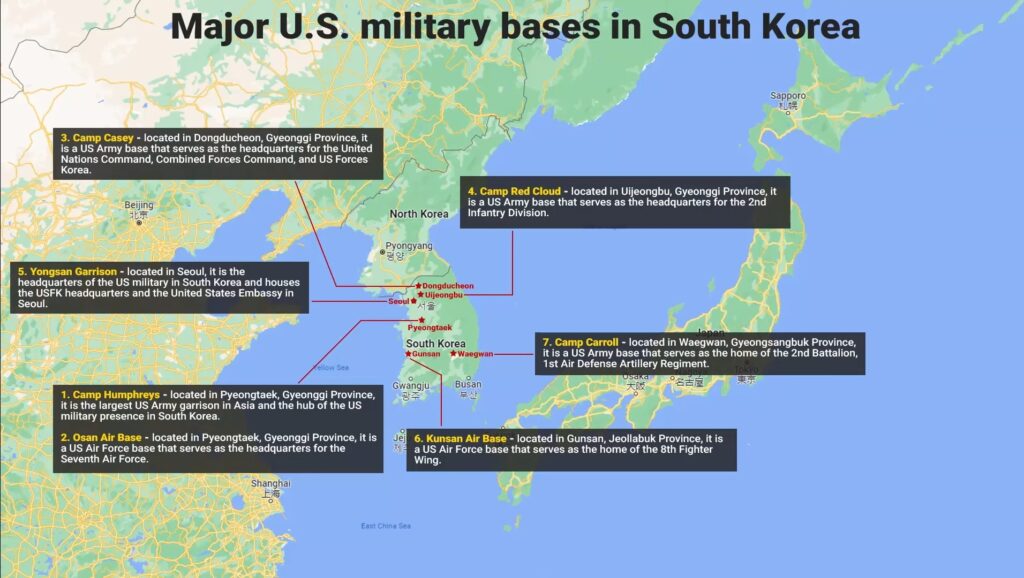
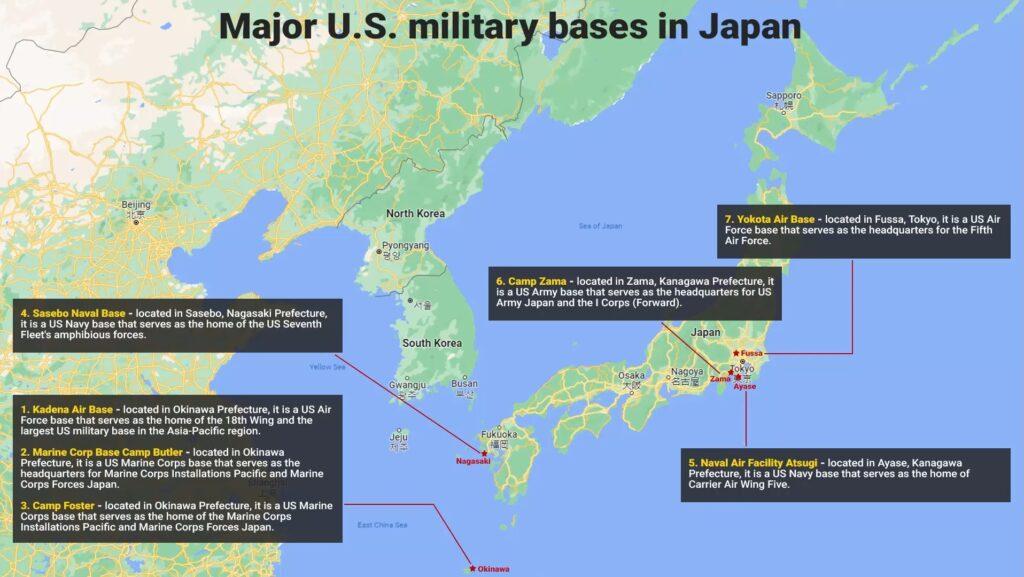
Before 1945, the Korean Peninsula was a single unified country ruled by a king. The last king of Korea was Emperor Sunjong from the Yi Dynasty who ruled from 1907 until 1910. In 1910, Japan annexed Korea with its military strength. Japan still has an emperor, although it is now a symbolic role. After 1910, Korea was a colony of Japan until 1945 when Japan was defeated in World War II. The Allies, mainly the United States and the Soviet Union, agreed to divide Korea into two occupation zones. They divided Korea at the 38th parallel of latitude north of the equator.
The Soviet Union took the northern part, and the United States took the southern part of Korea. Although this division and occupation were supposed to be temporary, then the Cold War started between the United States and the Soviet Union, and that was the reason why Korea never became a single country. In 1948, the Republic of Korea was established in the South, while the Democratic People’s Republic of Korea was established in the North. Since North Korea was under the shadow of the Soviet Union, North Korea became a communist state. In 1950, communist North Korea attacked South Korea, resulting in the Korean War, which lasted for three years from 1950 to 1953. Communist China and the Soviet Union both supported North Korea, and on the other hand, the United States came in support of South Korea. This Korean War was also called the first recorded War of the Cold War. On July 27, 1953, a ceasefire was eventually reached, but no peace treaty was signed, and since then, both countries have remained technically at war. So this was a brief history of the Korean peninsula.
You also know the story of Japan when the United States dropped atomic bombs on Hiroshima and Nagasaki. After that, the United States occupied Japan from 1945 until 1952. It was the United States who declared Japan to be a peaceful country, and that is how Article 9 was added to their constitution, which says war is not an option for Japan to settle international disputes. In simple words, it prohibits Japan from using force. It also prohibits Japan from maintaining armed forces and denies Japan the right of belligerency, which means Japan cannot act aggressively. This is where you have to understand that Article 9 of the Japanese Constitution was imposed by the United States after World War II in 1947.
Anyhow, Japan and South Korea are vassal states of the United States. A vassal state means that a country will have some degree of independence in its internal affairs, but largely, their foreign affairs are dominated by another state. On the other hand, North Korea and China both have nuclear weapons, and they also have a large standing army. North Korea conducted its first nuclear test on October 9, 2006, and China became a nuclear power in 1964. So, if you look at that part of the Asia-Pacific region, you will realize that South Korea and Japan face security threats from North Korea and China, and this gives the United States the much-needed reason to make its presence available in this region by establishing military bases in South Korea and Japan.
Overview of North Korean Sanctions
As it mentioned, North Korea conducted its first nuclear test in 2006. Immediately after that, in the same year, the United Nations Security Council imposed the first set of sanctions on North Korea. Apart from the United Nations Security Council, individual countries and organizations have also put sanctions on North Korea. Here’s the list.

If you keep aside Japan and South Korea, the United States and the European Union together are called the West. That means the entire West is against North Korea. Now, what is the point of putting sanctions if they are not properly monitored or enforced?
Effective sanctions require proper monitoring and enforcement, particularly in the case of North Korea, the United Nations, United States, and their allies have established mechanisms to monitor and enforce these sanctions. One such mechanism is the Office of Foreign Assets Control (OFAC), which is part of the U.S Department of Treasury. OFAC monitors and investigates the activities of targeted foreign countries, individuals, or entities that may violate U.S sanctions. The agency collects and analyzes data from various sources and collaborates with other government agencies to gather intelligence. OFAC also has the power to freeze assets and transactions. The U.S Navy and Air Force physically monitor and enforce economic sanctions by conducting surveillance and reconnaissance missions around the Korean Peninsula within international waters.
The U.S Pueblo Incident
It can be challenging to determine whether the United States violates maritime laws when conducting surveillance and reconnaissance missions within international waters. Despite such operations being considered integral to intelligence gathering, entering enemy territory remains a contentious issue. An illustrative case in point is the 1968 capture of the U.S Navy warship, the U.S Pueblo, by North Korea near the Korean Peninsula. The U.S Navy claimed that the vessel was operating in international waters, but North Korea disputed this, insisting that it was in its territorial waters. The ship remains on display in North Korea as a symbol of U.S propaganda.
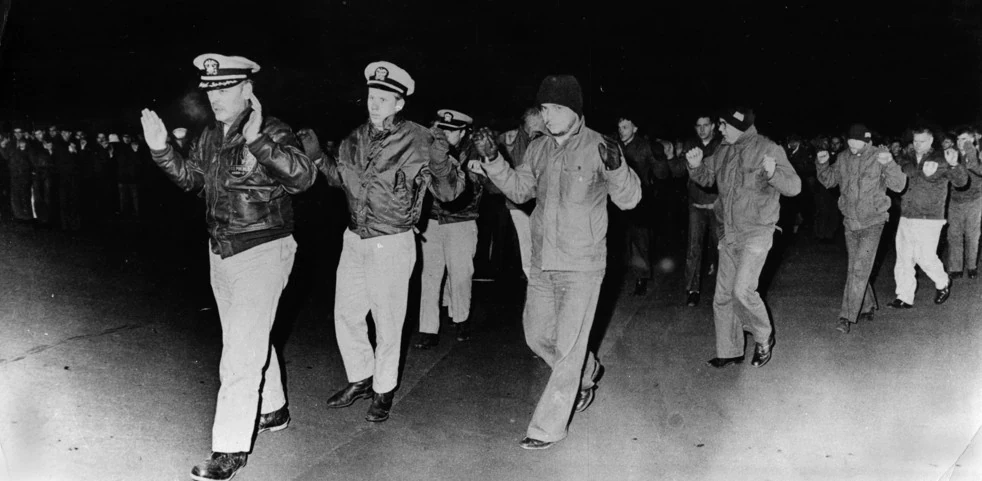
This incident raises questions about the extent to which the U.S may flout laws in pursuit of its interests. The crew of the U.S Pueblo were held captive for 11 months until the U.S government signed a statement acknowledging that the ship had entered North Korean waters. Such actions demonstrate the U.S’s willingness to bend rules if deemed necessary.
China and Russia: North Korea’s biggest trade partners
The Korean Peninsula has limited options for ships or aircraft to move out of North Korea, with the only options being to go left or right. From both ways the United States and its allies can keep an eye on them. Then the question comes, who’s doing trade with North Korea? Who’s supporting North Korean economy? Despite numerous sanctions. This is where you’ve to understand North Korea’s biggest trade partner is China, followed by Russia, and they do not need to use the sea route as they have a land border. The United States and its allies cannot risk flying over the country and getting a glimpse of it due to North Korea’s deployment of the KN06 surface-to-air missile system in several locations. Moreover, North Korea has developed and deployed various missile systems, including ballistic missiles, cruise missiles, and anti-ship missiles, as part of its military capabilities. So, North Korean economy is breathing only because of China and Russia.
China is a significant source of food, fuel, and other resources for North Korea. It also provides direct aid and investment in the country’s infrastructure, mining, and other industries. The majority of North Korea’s exports, including mineral, textiles, and seafood, go to China.
North Korea also has limited trade relationships with Russia; however, it is not as significant as that of China. Russia has provided food and medical aid to North Korea, and it has also invested in specific industries such as mining and energy. Additionally, Russian companies have provided transportation services to North Korea, particularly through the Trans-Siberian Railway. Besides trade, North Korea is a highly self-reliant country, which is also the founding philosophy. North Korea’s economy is often described as a highly centralized economy in which the government controls most economic activity and resources. This ideology of philosophy establishes the importance of national sovereignty and independence, which is a good thing. Being self-reliant is not at all a bad thing. North Korea has a reputation for producing skilled scientists and engineers, particularly in fields such as computer science, engineering and weapons development. This is because the country has a highly centralized education system with a focus on science and technology, and the government provides significant resources to support research and development in key industries such as weapons development and military technology. Combining this philosophy of self-reliance and North Korea’s active military strength of over 1.2 million soldiers explains how North Korea is defending itself and how its economy is still breathing despite so many international sanctions.
What are the geopolitical factors driving North Korea’s behavior?
What you need to understand is that North Korea views the United States and its allies, such as South Korea and Japan, as a threat to its national security, culture, and heritage. North Korea has a long-standing animosity towards Japan, which goes back to Japan’s colonial rule over Korea from 1910 to 1945. During this period, Japan imposed a number of harsh policies on the Korean people, including restrictions on language, culture, and political activities, as well as forced labor and sexual slavery. As mentioned earlier, it was due to Japan’s defeat in World War II that Korea got divided into two parts. Even today, North Korea blames Japan for being the initial catalyst in breaking Korea’s national and cultural heritage into two different parts.
Now, coming to South Korea, although both countries speak Korean, there are some differences in pronunciation, vocabulary, and grammar. North Koreans use more traditional vocabulary, which is more respectful, while South Koreans use a modern and simplified language. You can also see their clothing and lifestyle. South Korea is generally considered to be more trendy and fashion-conscious than North Korea. South Korea is known for its vibrant and dynamic pop culture, including K-pop music, dramas, and movies, which have gained popularity around the world. South Korean fashion, makeup, and skincare trends are also highly influential in the global market, with brands like K Beauty and K fashion gaining popularity. You will not see all of this in North Korea. If you compare the soldiers of both countries, you will notice the difference. So all of this trendiness and modernness of South Korea is coming due to heavy American cultural influence, particularly in terms of popular culture and entertainment. American music, movies, TV shows, and fashion have been popular in South Korea for decades, and many South Koreans are familiar with American celebrities and trends.
American Companies such as McDonald’s, Starbucks, and Coca-Cola are well-established in South Korea, and many South Koreans regularly consume American products and brands. These are examples of American soft power, which aims to slowly influence people’s opinions, beliefs, and behaviors without force. While there may be no harm in eating McDonald’s or drinking Starbucks coffee, over time, these soft power tools can become tools of subversion. In North Korea, all such American products and beliefs are banned because the regime does not want its citizens exposed to them. This is why North Korea views nuclear weapons and ballistic missiles as the only way to counter any potential aggression from the U.S. and its allies, whether in the form of hard power or soft power.
Ultimately, the purpose of developing nuclear weapons is not to keep them in a showcase, as there is a proverb “Strength respects strength.” This is what is driving North Korea’s behavior. Now that North Korea’s economy has been heavily sanctioned by the international community, it has limited access to foreign capital and goods. This further justifies North Korean policy of pursuing nuclear weapons and ballistic missiles as a way to increase their bargaining power in securing some economic concessions.
If we look at the list of North Korea’s missile tests in the last 10 years, we can see that they have tested a variety of missiles, including short, medium, and long-range ballistic missiles. Last year, in 2022, North Korea test-fired more than 30 missiles, including cruise missiles, hypersonic missiles, and wide-ranging ballistic missiles. In September of last year, North Korea officially declared itself a nuclear weapon state and stated that it would never abandon its nuclear weapons because they are needed to counter the United States. Reports suggest that North Korea plans to conduct more nuclear tests, indicating that they not only want nuclear weapons but also want to keep upgrading their nuclear technology to maintain an edge.
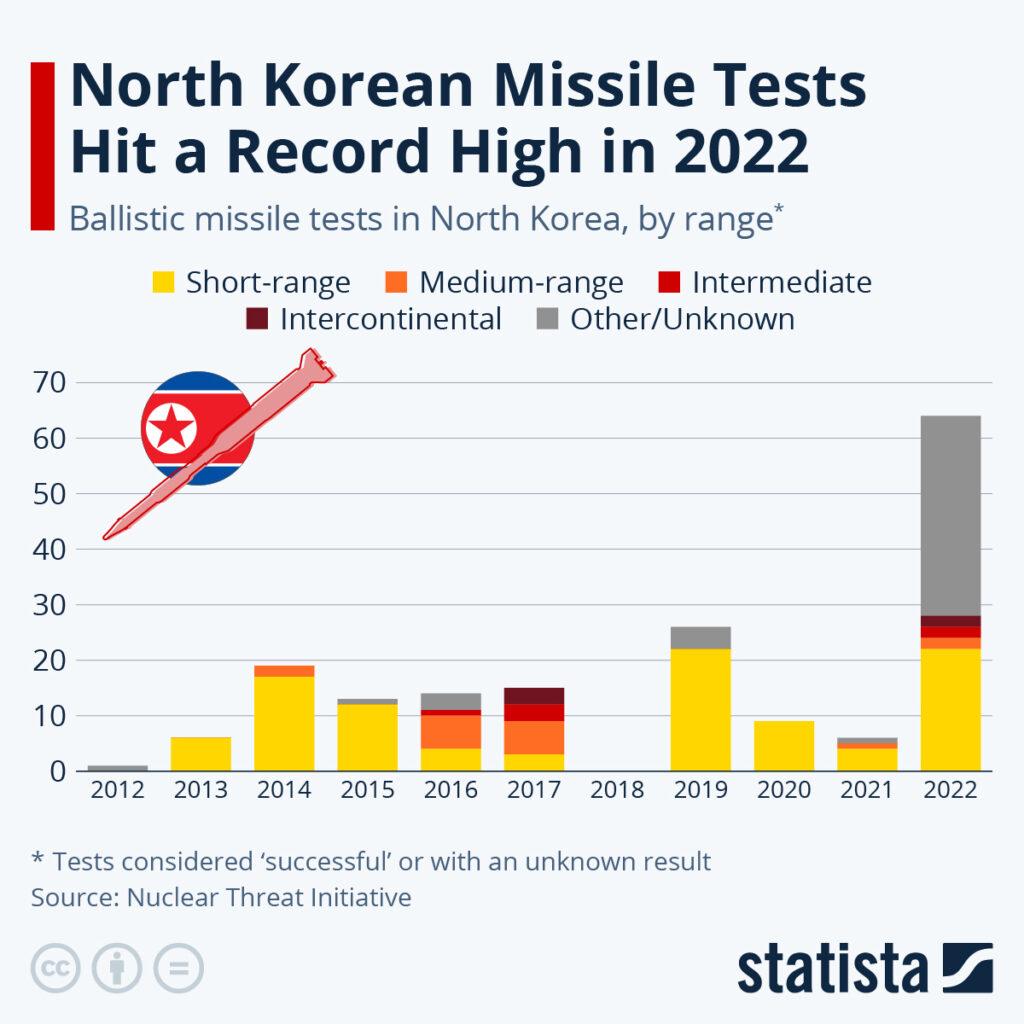
One example of North Korea’s missile capability was demonstrated on October 3rd, 2022 when they conducted a long-range missile test that flew over Japan and landed in the Pacific Ocean. The last time anything like this happened was in 2017, the name of that missile was called Hwasong-12 and it’s a medium-range ballistic missile with a range of 4500 kilometers. This is far enough to hit the U.S. island of Guam from North Korea, and the missile had a speed of 17 Mark. It is clear that the reason behind North Korea’s nuclear ambition is the United States of America.
While testing so many missiles, North Korea has scared South Korea and Japan, but it has never fired missiles directly into their territories. This is called muscle flexing, where North Korea fires missiles once in a while to scare the countries in the region. This automatically leads to the United States, South Korea, and Japan conducting military drills, which work as both preparation and response. However, the joint effort of the United States, South Korea, and Japanese governments has become less effective against North Korea’s offensive posture. Economic sanctions are not turning out to be effective on North Korea.
As the world continues to navigate the complex geopolitics of the Korean Peninsula, it is clear that a long-term solution will require a multifaceted approach and a willingness to engage in diplomacy and dialogue.





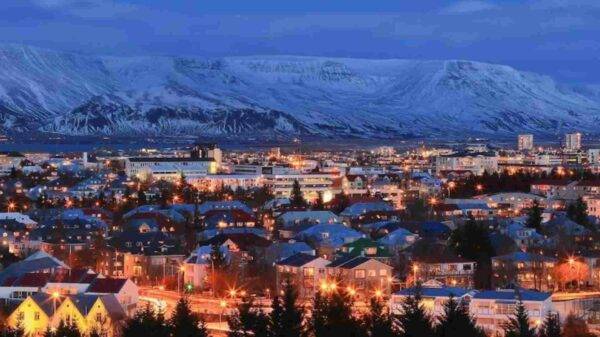




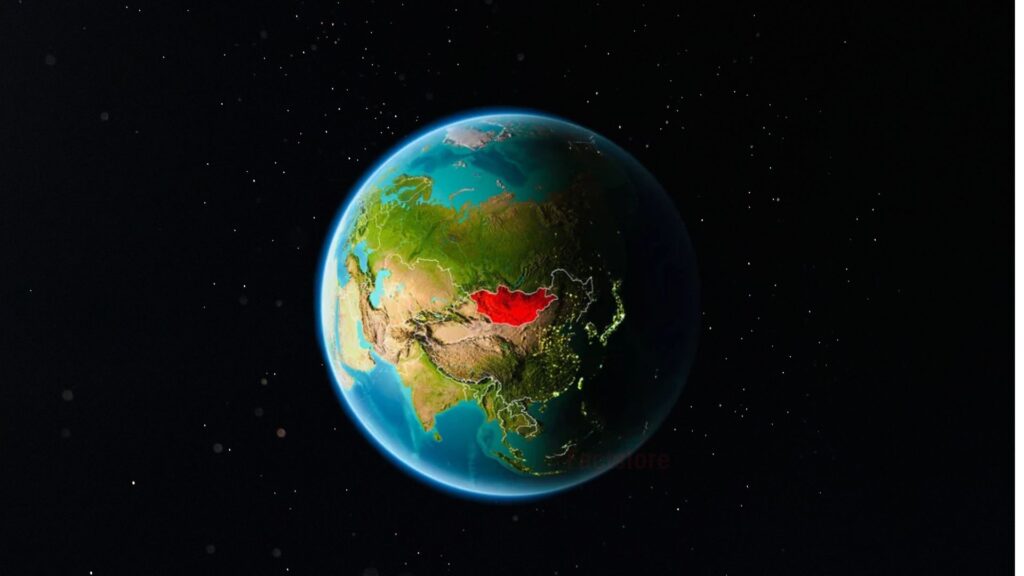

1 Comment. Leave new
[…] Read More – Korean Peninsula: A Story of Divisions, Diplomacy & Danger […]